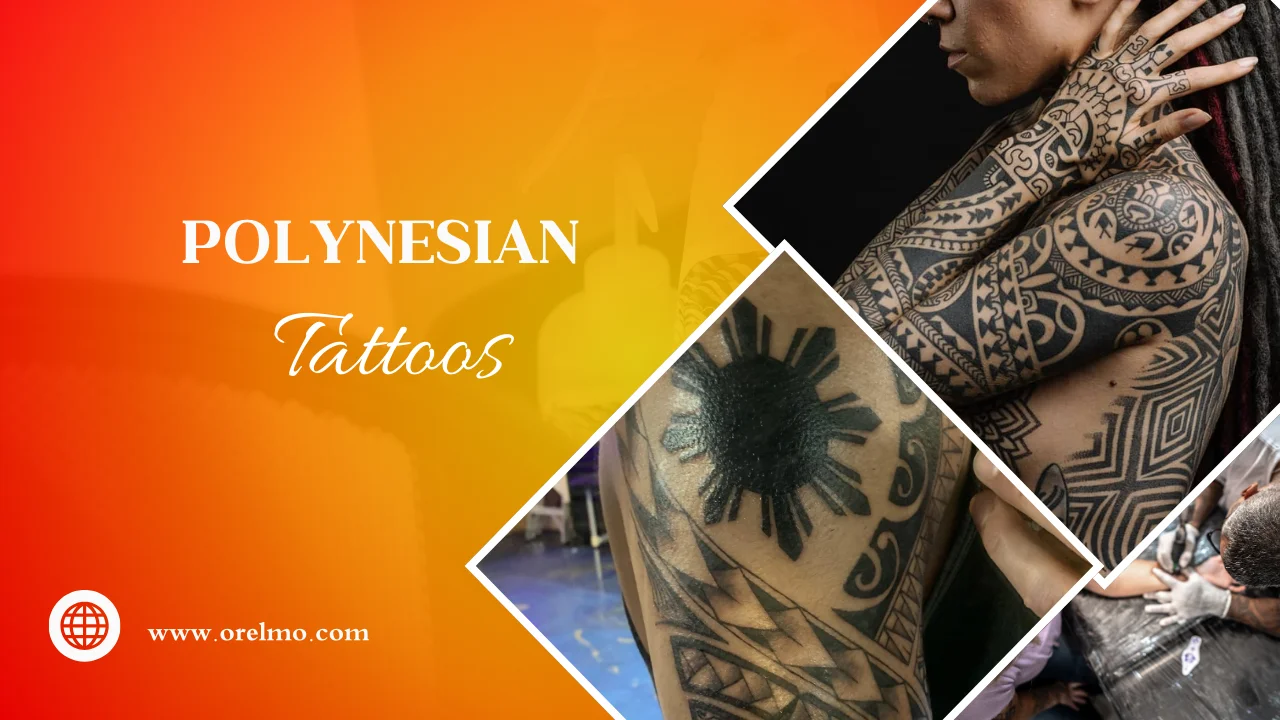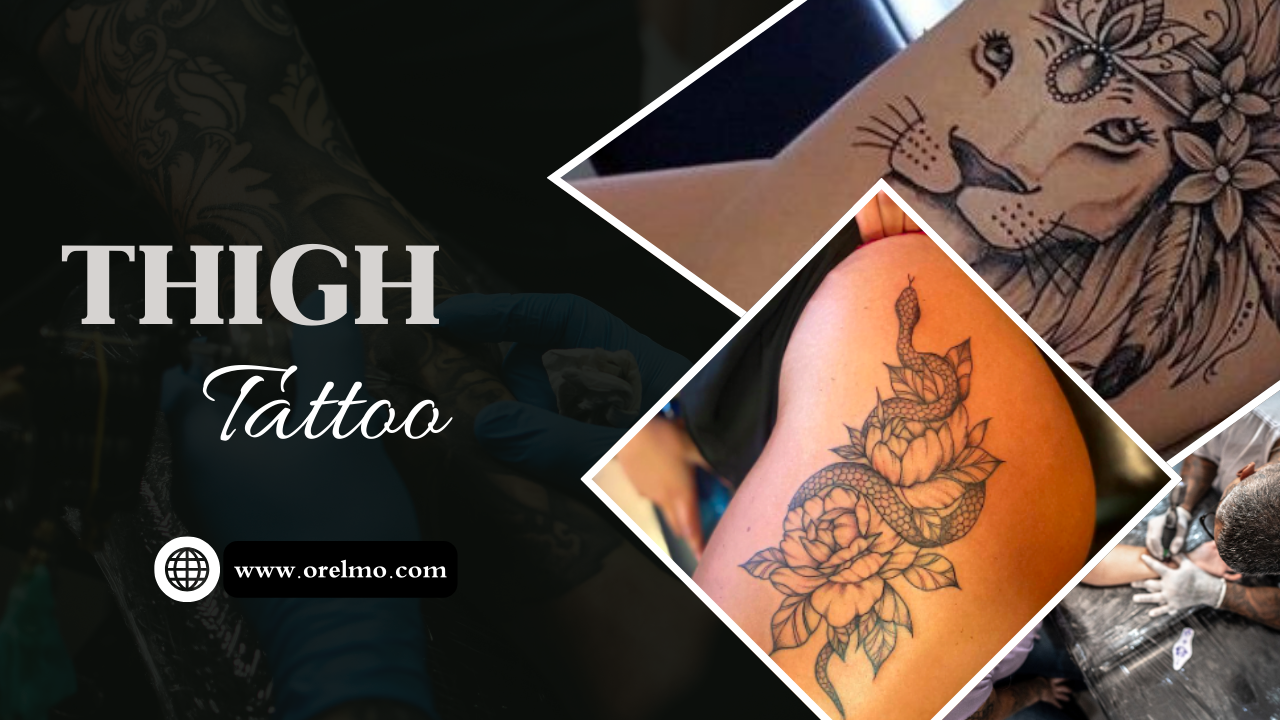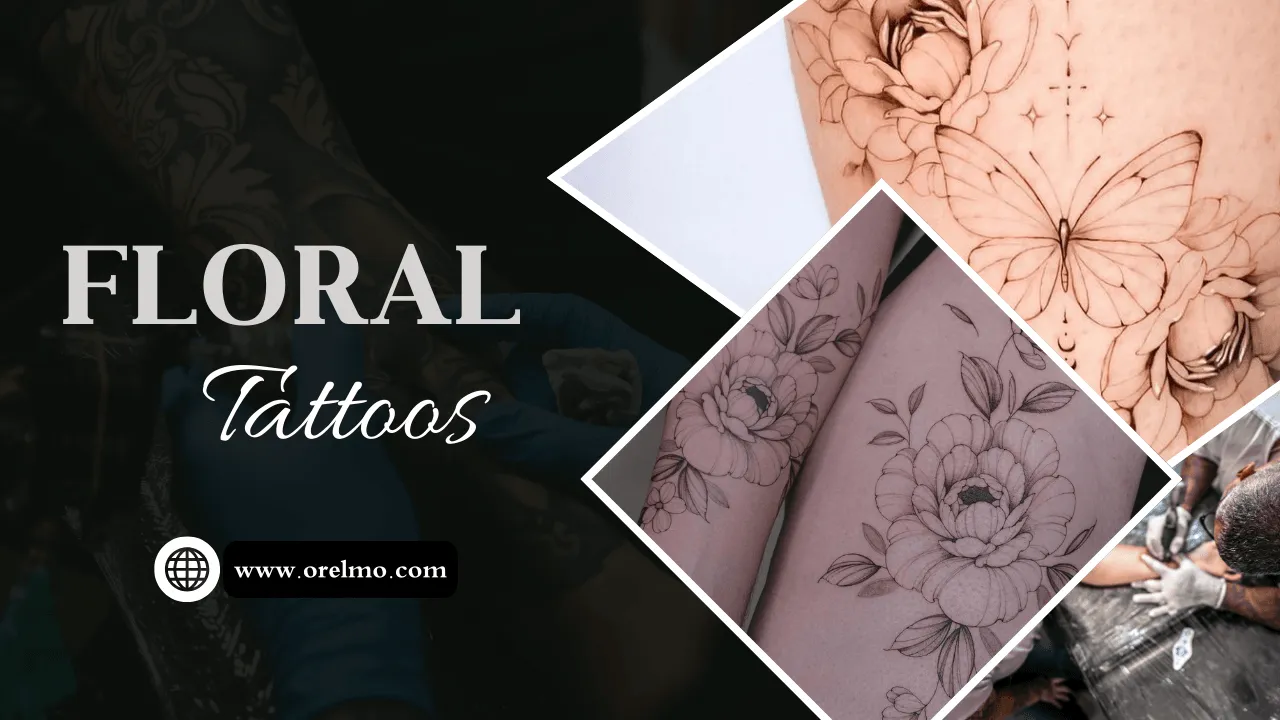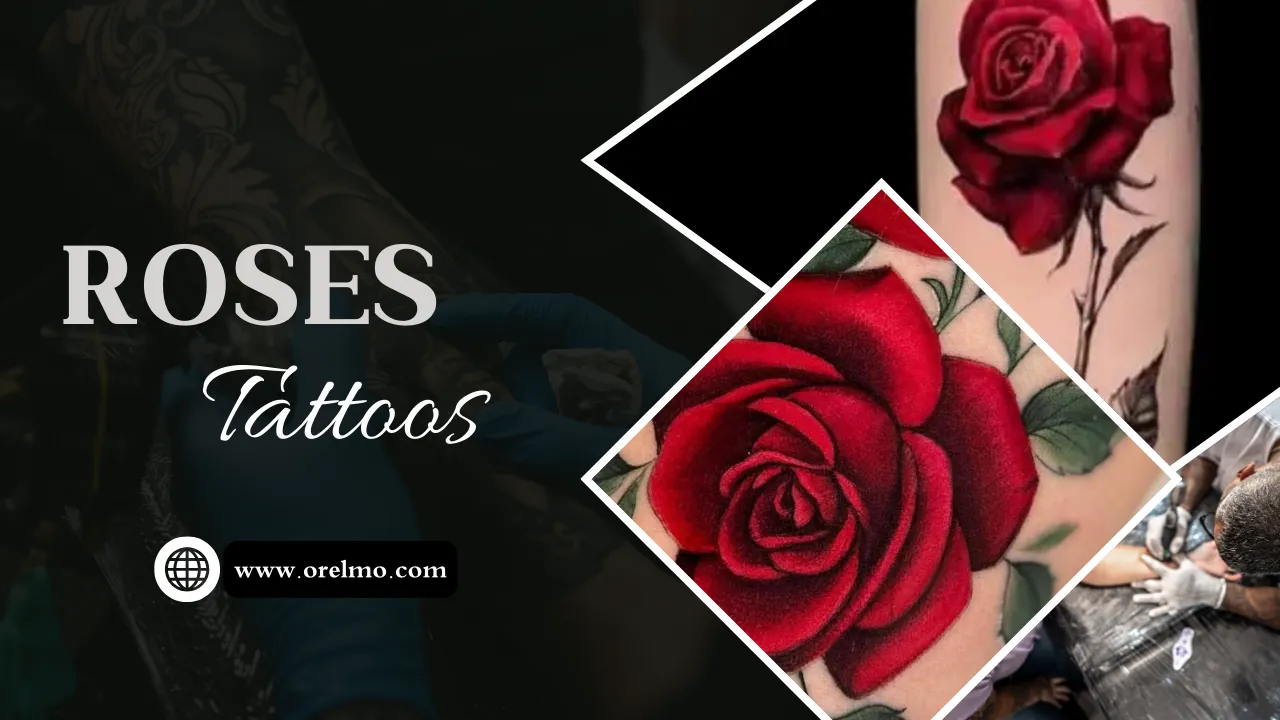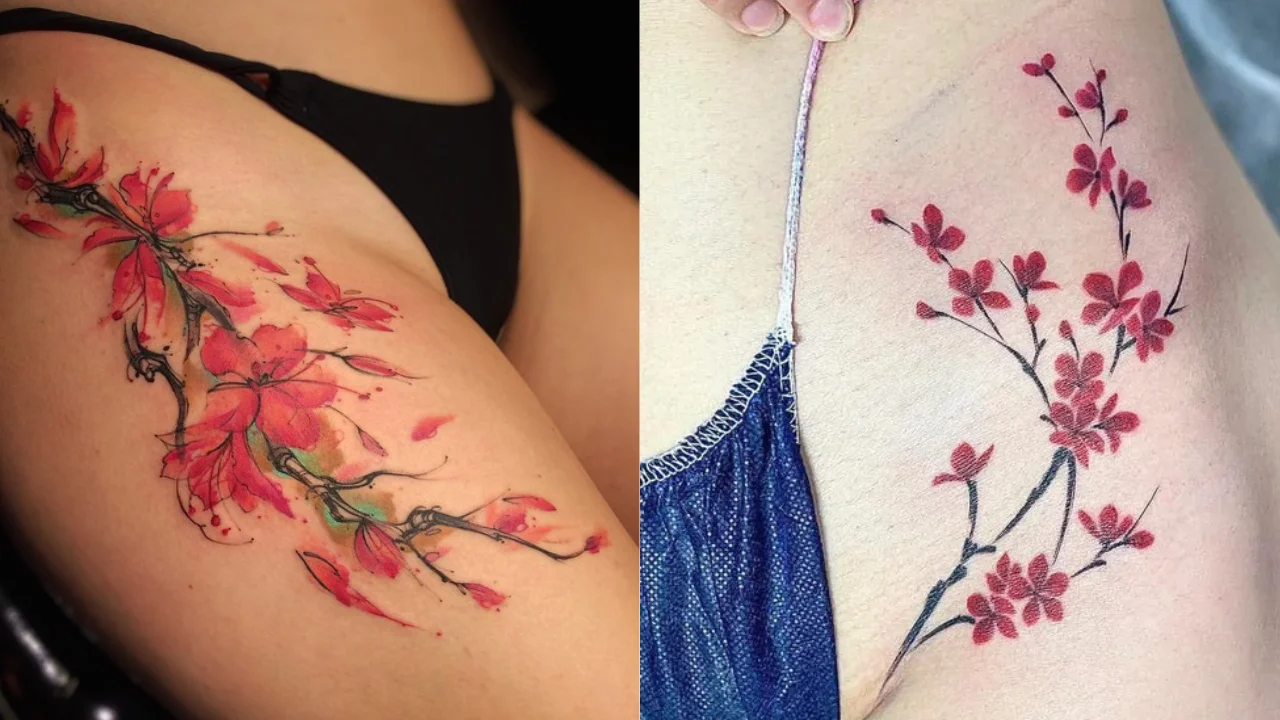Polynesian tattoos have stood the test of time, representing identity, culture, and spirituality for over two millennia. Rooted deeply in the traditions of the islands across the Pacific, these tattoos are more than just beautiful designs—they are stories, symbols, and ancestral connections. Each tattoo has a purpose, whether it’s to mark a significant life event, pay homage to one’s heritage, or symbolize an individual’s strength and role within their community.
The Origins Of Polynesian Tattooing
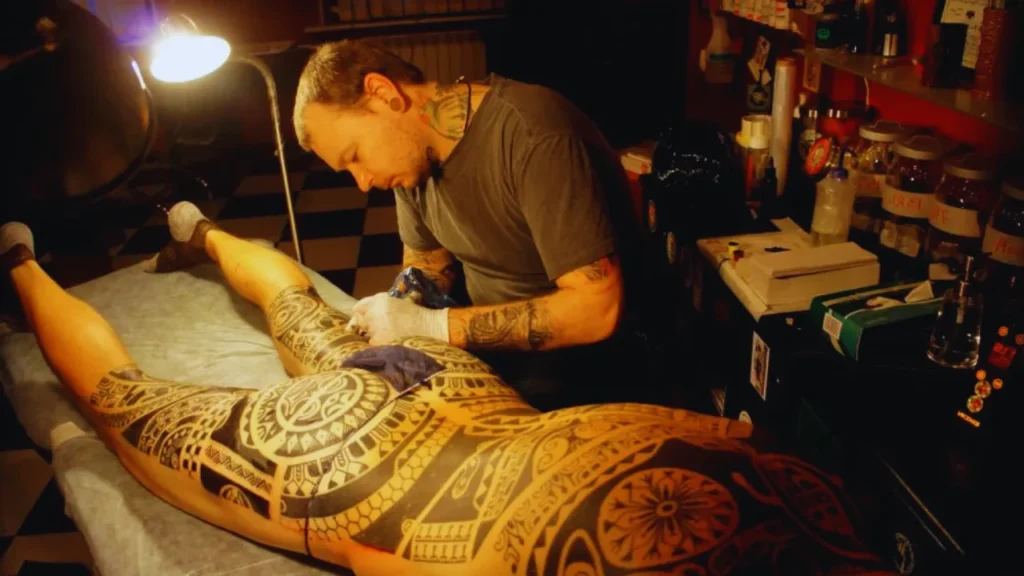
The art of tattooing in Polynesia is ancient and sacred. The word “tattoo” comes from the Polynesian word “tatau,” which means “to mark.” This practice dates back at least 2,000 years, and it was more than just a form of body art. In ancient Polynesian societies, tattoos were deeply spiritual and ceremonial, often serving as rites of passage or symbols of power, social status, and life achievements.
Tattooing was traditionally done using natural tools such as shark teeth, bone needles, and coconut shell combs, which were dipped in ink made from burnt coconut shells. The process was painstaking and painful, but it was considered a rite of passage, a way of connecting to one’s ancestors and the divine.
The Meaning Behind Polynesian Tattoos
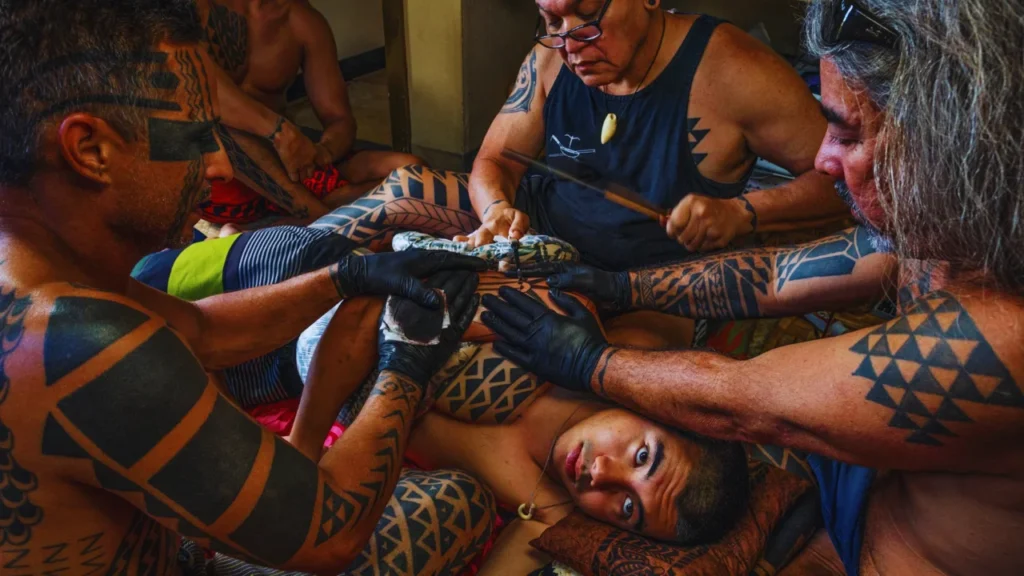
Polynesian tattoos are not random patterns; each design is rich with symbolism. The symbols used in Polynesian tattoos are meaningful and represent various aspects of the wearer’s identity, their tribe, their achievements, and their personal journey.
- Enata (Human Figures): Represent ancestors, relationships, and personal connections.
- Shark Teeth (Niho Mano): Symbolize protection, guidance, and adaptability.
- Ocean Waves: Represent the constant flow of life, change, and connection to the sea.
- Lizards (Mo’o): Associated with spiritual messengers, often seen as protectors.
- Tiki: Represent guardian spirits and ancestral protectors.
- Spearheads: Symbolize strength, courage, and the spirit of warriors.
The placement of these tattoos is just as important as the designs themselves. For example, thigh tattoos in Polynesian culture, especially in Samoa, hold deep meaning. A traditional Malu tattoo, often worn by women, is placed on the thighs and symbolizes grace, strength, and cultural responsibility. It reflects a woman’s connection to her community and the values she upholds.
The Sacred Art Of Polynesian Thigh Tattoos
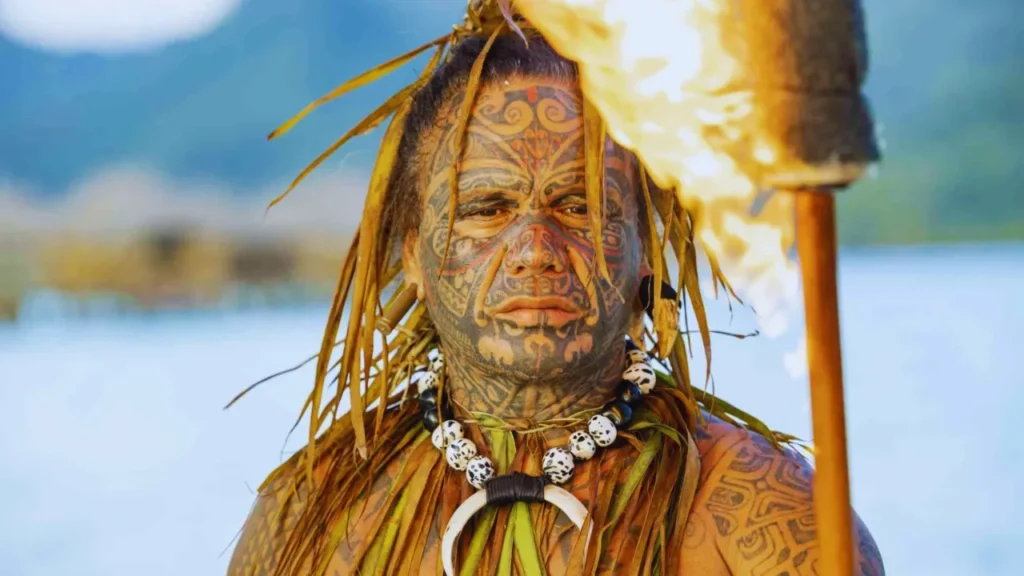
One of the most well-known Polynesian tattoos is the Malu, traditionally worn by women of Samoan heritage. The Malu is a sacred thigh tattoo that is a symbol of femininity, leadership, and cultural pride. This tattoo is typically applied in a ritualistic process, marking a woman’s transition into adulthood or her acceptance of responsibilities within her family or community.
For men, the traditional Polynesian tattoo is the Pe’a, which covers the torso, thighs, and legs. This design symbolizes strength, courage, and duty to the community. The Pe’a is also considered a rite of passage, marking a man’s entry into adulthood and his readiness to assume responsibility in his village or family.
Tattooing Techniques: Painful But Sacred
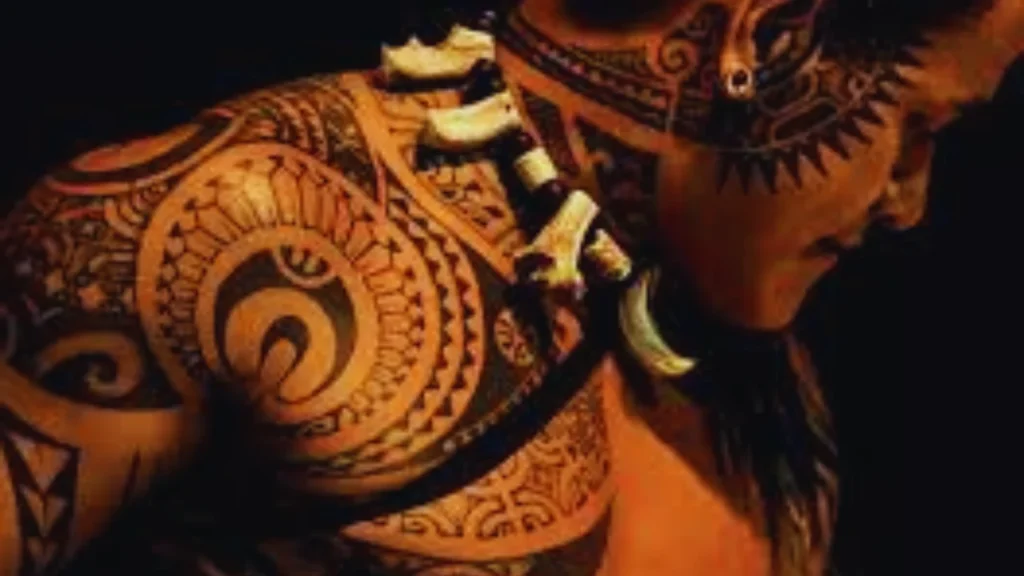
In the past, the process of getting a Polynesian tattoo was painful, especially for larger designs like those on the thighs. Tattooists, or tufuga, were highly respected members of the community, chosen for their skill and spiritual knowledge. The process was slow, meticulous, and often required multiple sessions to complete.
Traditional tattooing was done with tools such as bone needles and shark teeth—painstakingly attached to a wooden handle. The artist would dip the tool in ink and tap it into the skin, using rhythmic movements. Despite the pain, the process was seen as a rite of passage and a way of proving one’s resilience, strength, and spiritual readiness.
The Revival Of Polynesian Tattooing

For centuries, the art of tattooing was discouraged by missionaries and colonial forces, but the tradition has experienced a revival in recent decades. In many Pacific island cultures, tattoos are being reclaimed as a symbol of cultural identity and pride. Polynesian tattooists are once again being sought after, and many young people are choosing to wear traditional tattoos to honor their ancestors and heritage.
This revival isn’t just about aesthetics; it’s about preserving and passing down the cultural knowledge and values embedded in these sacred designs. Whether it’s a Malu, a Pe’a, or another symbol, these tattoos carry with them the legacy of Polynesian history and the strength of its people.
Polynesian Tattoos In Modern Culture
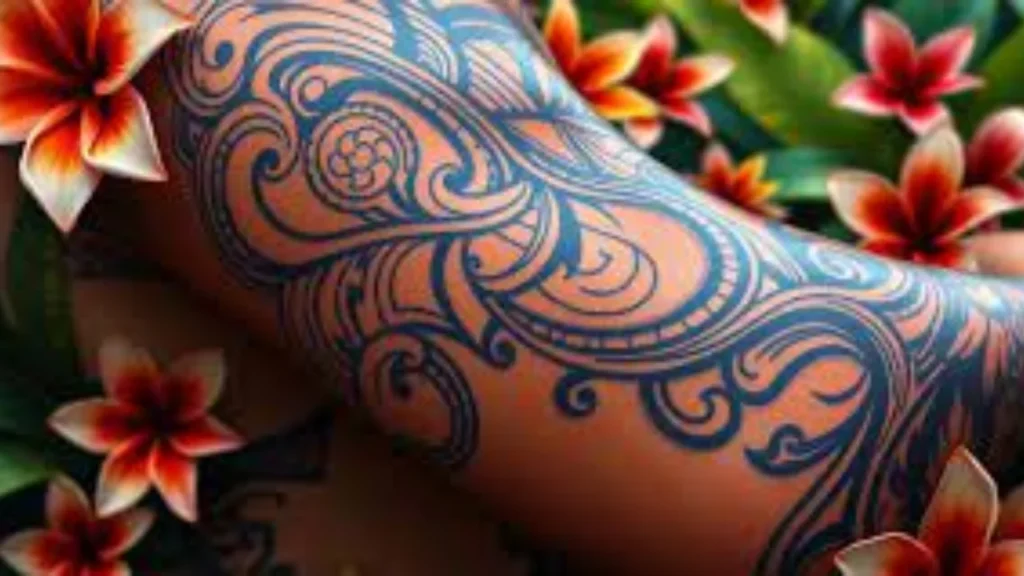
While Polynesian tattoos are rooted in ancient traditions, they have gained significant popularity in mainstream culture. Celebrities, athletes, and people from all walks of life have embraced Polynesian-inspired tattoos, often for their bold aesthetics and symbolic meanings.
However, it’s essential to approach these tattoos with respect and understanding of their cultural significance. Many Polynesian tattoo artists emphasize the importance of knowing the meaning behind each design and encourage people to learn about the culture before getting tattooed.
Conclusion
Polynesian tattoos are not just body art—they are a connection to the past, present, and future. They are a way to honor ancestors, celebrate cultural identity, and express spirituality. Whether worn on the thighs as a Malu or across the body as a Pe’a, these tattoos carry with them the sacred stories of the Polynesian people. They are symbols of strength, heritage, and pride—reminding us that, no matter where we come from, we are all connected through the ink on our skin.
FAQs
1. What do Polynesian tattoos symbolize?
Polynesian tattoos are deeply symbolic, representing the identity, ancestry, personal achievements, and cultural beliefs. Each design and placement carry specific meanings, often linked to the wearer’s journey, family history, and social status.
2. What is the significance of thigh tattoos in Polynesian culture?
In Polynesian culture, particularly in Samoa, thigh tattoos, like the Malu for women, symbolize grace, strength, and cultural responsibility. The placement on the thighs reflects the foundation of life, balance, and connection to community values.
3. Are Polynesian tattoos still done traditionally today?
Yes, traditional Polynesian tattoos are still practiced today, especially by cultural practitioners. Many artists use ancient methods and rituals to preserve the art form, though modern tools are also utilized. The practice continues to be an important part of Polynesian cultural preservation.
4. What is the difference between the Pe’a and the Malu?
The Pe’a is the traditional tattoo for men, covering the torso, legs, and thighs, symbolizing strength and duty. The Malu is the female counterpart, usually worn on the thighs, representing grace, cultural pride, and a woman’s role in her community.
5. Can anyone get a Polynesian tattoo?
Technically, yes, but it’s important to understand and respect the cultural significance behind the designs. Polynesian tattoos are sacred, and it’s recommended to approach the process with respect and awareness of their cultural roots, especially for those outside of Polynesian heritage.

